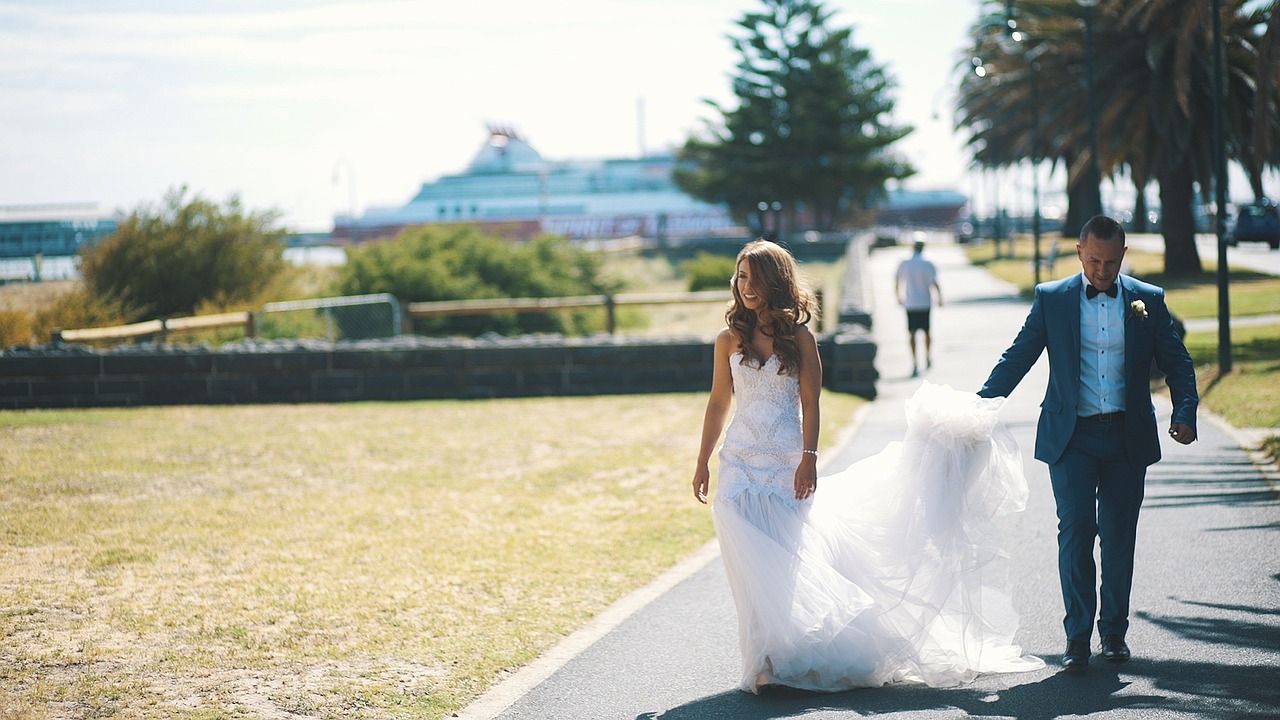Starting your wedding binder.
So you’re getting married and it’s time to start thinking about the planning. How will you handle the bucket-load of information that is about to be shovelled on top of you? With all the apps and fancy websites flying around with a host of planning tools to choose from, many people still opt for the good old fashioned wedding binder.
If you are thinking about going down the wedding binder route. Here is our guide to the best way to set it up.
Building your wedding binder
So the first thing you will need to do is get your supplies.
- Select your folder. The choice of folder is down to your own personal taste. If you’re having a simple wedding, you probably don’t need a gargantuan folder. Don’t spend too much time thinking about it. Find one of a suitable size that you will enjoy using
- Purchase dividers – You will be using these to categorise the folder later
- Document pockets – For small bits of paper
- Business card holder – this one doesn’t need explanation. For vendor business cards. We will look at this later
- Zip pocket – use one of these if you want more security for certain documents such as receipts
Organising your wedding binder
Now it’s time to start setting up your binder in the most practical way possible for you. There is no “right” way to do this as everybody works differently. Below, we are outlining 2 different approaches(we call them “Standard” and “Alternative”) which we suggest are a good way to structure your binder.
The Standard wedding binder
Start with 15 sheets of paper with the following titles.
- Tasks
- Theme and style info
- Calendar
- General info(This is a boring sheet for things like Wedding insurance)
- Contact info – Add the following info to this sheet:
- Wedding planner contact info
- Wedding officiant contact info
- Wedding party contact info
- Venue contact info
- Vendors contact info
- Budget
- Guest List
- Venue Info
- Wedding Party and duties
- Day-of timeline
- Table plan
- Vendor info(you may need more than 1 page for this)
- List of music
- Accommodation info(for both you and your guests)
- Transport info(for both you and your guests)
Now that you have your sheets, ready to be scribbled on. It’s now time to set up your dividers. You will need 11 dividers in total. Add the following information to each section:
Inspiration folder
Use a document pocket to capture any magazine snippets, sketches etc. which will help you define your theme during the entire planning process
Attire
- Wedding Dress
- Wedding shoes
- Bridesmaid Dresses
- Accessories
- Jewellery
- Groom outfit
- Groomsmen outfits
Beauty
- Hair
- Makeup
- Perfume
Stationery
- Save-the-dates
- Invitations
- Name cards
- Table seating plan
- Menus
- Other stationery
Decor
- Flowers
- Centerpieces
- Stationery + Printables
- Guest Book
- Other decor
- Favours
Bridal Shower
- Planning Info
Rehearsal
- Timeline
- Other info
Ceremony
- Ceremony Script
- Readings
- Music
- Seating Arrangement
Reception
- Timeline
- Seating Plan
- Menu
- Cake
- Drinks
- Toasts
- Music
- Entertainment
Equipment hire
- Large equipment
- Small things(e.g. champagne flutes)
Honeymoon
- Planning Details/To Do List
- Travel Arrangements
- Packing List
The Alternative wedding binder
Take 4 sheets of paper and add these to the front of your binder. Give the pages the following titles.
- Tasks
- Ideas
- Problems
- Vendors
Take 4 dividers and give them the same 4 titles as above. Add them after the 4 pages and put 1 document pocket after each divider. You should now have 4 sections with a document pocket in each. If you prefer, you can add the 4 sheets of paper after the dividers instead of at the front of the binder. Whatever you find easier.
Use the “Tasks” page as your to-do list. Add any new tasks to this page and score them off as you go. If there is any documentation or magazine snippets etc that are needed for the task, add them to the tasks section.
The “Ideas” sheet is to jot down any ideas that come to mind. This is your quick capture page. Add the ideas and review them with your fiancé when you have more time. Like the “tasks” section, add any docs to the task section which will help with your planning E.g. magazine pages, brochures, stationery samples and fabric swatches.
The “Problems” sheet as you can probably guess is for making a note of any problems that arise that need to be dealt with. Add any docs that relate to the problems to the “problems” section.
And yep, you got it, the “Vendors” sheet is for……making a list of vendors(i’m sorry if this is stating the obvious). You can add potential vendors and then take a new sheet once you have finalised them. Add their contact information and any notes about meetings you have to give you everything you need in a single view.
This approach is not often used, but some people like it as it is structured in a logical way. This is probably one for the minimalist type.
So, there you have it. 2 very different approaches. Which do you prefer?
